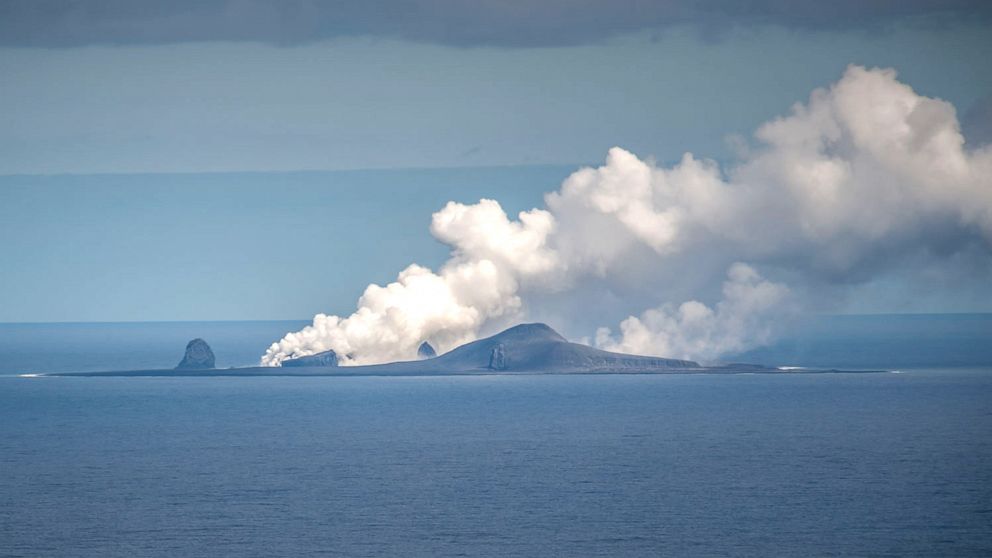The Archean's main features are the appearance of life and the establishment of the early local geography and atmosphere.
EOARCHEAN
By the end of the Hadean - at 550Myo, Paart's oceans were starting to form, submerging the hammered surface in water.
Large impacts on the planets crust will either thicken or totally crack the crust in it's surroundings, the counter-movement of the mantle to these events is to form a vortex of new material to the surface, and this molten material will squeeze itself into the cracks of the crust and spill out in the bottom of the ocean, which is pressing over these fragile places, those are the start of oceanic ridges...
Oceanic ridges are found in between plates that are drifting away from each other
Around those oceanic ridges, as the seawater penetrate into the rock as the lava flows out, it excavates little tunnels as it boils and oxidize the rock components, as it reaches a certain temperature it comes back to the surface, spilling boiling chemicals, those hydrothermal vents and it's chemical soup, might been a key ingredient for life in the sea - as sunlight would probably be still impossible to access in a constant flux as the dense cloud cover of the early ecumenical storms would be raging across the surface for some more millions of years.
Paart might not have the initial 5~6 hour day length as Earth is believed to have in this early stages - but with a gravitational field not as strong as Earth's, Paartian winds can still acquire quite some velocity, yet Earth had a much more violent start than this alien world.
A view of the Archean sunrise on Paart; Art by me
Is pretty much possible that RNA/DNA appeared by the end of this period, as those reactions would not only happen in the depths of the oceans, but sunlight would have also contributed for these same reactions to happen into the puddles of water from the first continents, so maybe Earth life appeared not only or twice, but hundreds or thousands of times, being mixed together as the high tides introduce new chemicals and water (or remove them) to the isolated systems.
PALEOARCHEAN
Finally, dry land...
The first continents emerge, and the first simple prokaryotic life appear, on Earth, we have rocks dating back from this period whose composition presents chemicals that could be only be found in such concentration that points towards to life as Early as the very end of the Hadean, though some are still unsure about life this early and prefer pointing out to the start of the Archean, though I personally believe life could be present in the end of the Hadean, is safer to recognize early prokaryotic life certainly appeared during the Paleoarchean.
MESOARCHEAN
In the warm waters of the Mesoarchean Paart, emerges the first supercontinent, as the volcanic fallout increases, the soil darkens, because the little oxygen present in the atmosphere reacts with the rock vapor to oxidize it, when the oxygen is on near-zero levels, rock can't oxidize and the soil of Paart comes to present it's natural color.
By this time, the shallow oceans near volcanic lava are teeming with microbial life, some building entire reefs of it's biology byproducts, is the ascension of chemosynthetic reefs...
NEOARCHEAN
The discovery of photosynthesis was a great breakthrough in obtaining energy, although the volcanic smoke didn't allowed the light of Vol to fully shine on the surface, it's ultraviolet light could still be easily scattered in the water vapor of the warm atmosphere, so photosynthetic bacteria used purple pigments to reflect blue and purple light, while absorbing green and red light from Vol, the release of oxygen initially reacted with the dissolved metals in the seawater - those released over millions of years so far by thermal vents.
This was Paart's little Oxygenation event, and gave origin to banded iron, cassiterite and bismuthinite rocks in the bottom of the ocean, marking the periods of high and low oxygenic activity over time.
But when the oceanic metals weren't enough to capture it, the oxygen ascended to the atmosphere...
- M.O. Valent, 29/02/2020


























/cdn.vox-cdn.com/uploads/chorus_image/image/61563793/the_man_in_the_high_castle_season_3_MITHC_303_11178_RT_S1_rgb.0.jpg)














